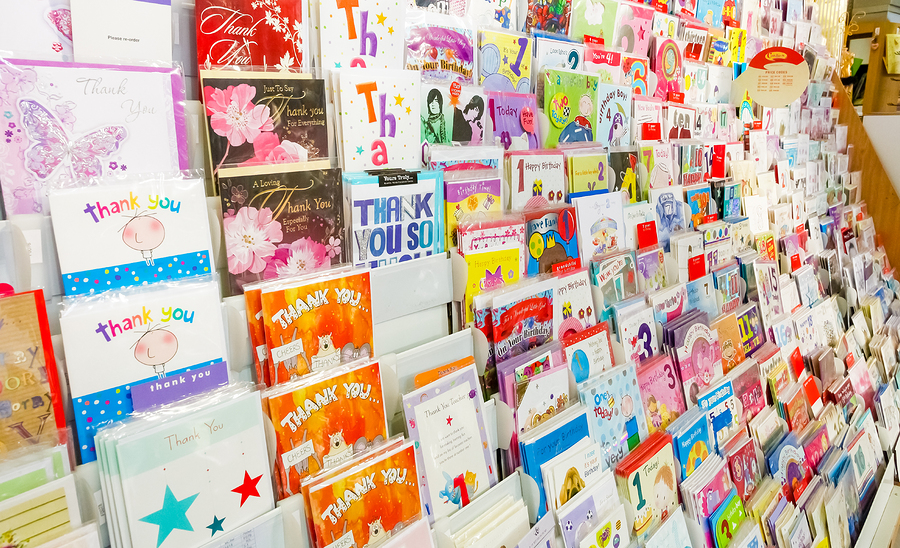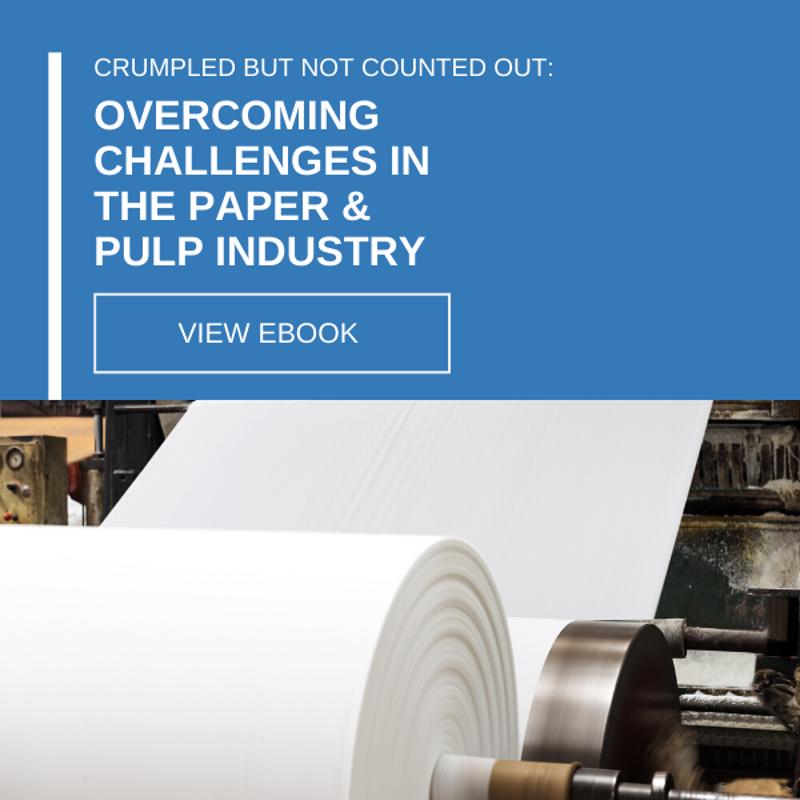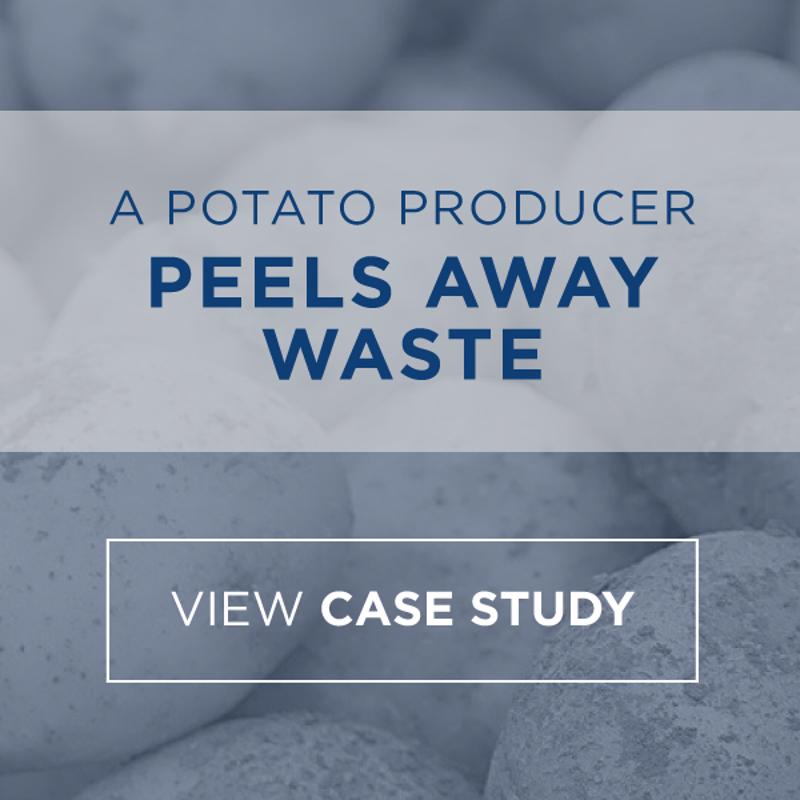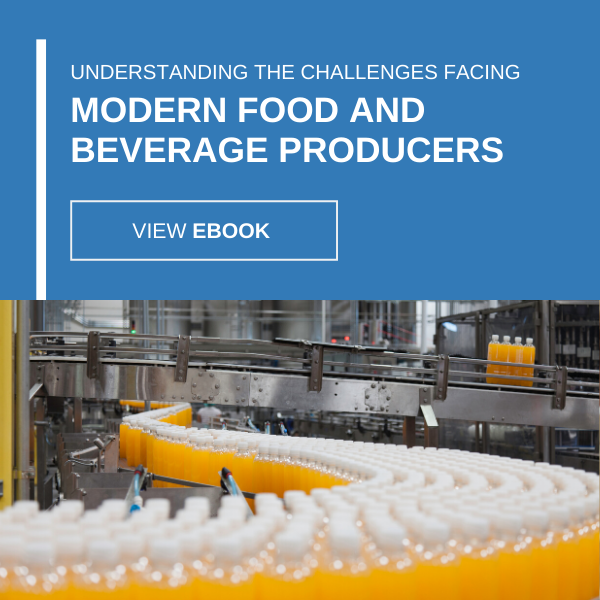-
Subscribe to Blog:
SEARCH THE BLOG
CATEGORIES
- Aerospace
- Asset Maintenance
- Automotive
- Blog
- Building Products
- Case Studies
- Chemical Processing
- Consulting
- Food & Beverage
- Forestry Products
- Hospitals & Healthcare
- Knowledge Transfer
- Lean Manufacturing
- Life Sciences
- Logistics
- Manufacturing
- Material Utilization
- Metals
- Mining
- News
- Office Politics
- Oil & Gas
- Plastics
- Private Equity
- Process Improvement
- Project Management
- Spend Management
- Supply Chain
- Uncategorized
- Utilities
- Whitepapers
BLOG ARCHIVES
- July 2025 (1)
- June 2025 (4)
- May 2025 (1)
- April 2025 (1)
- March 2025 (1)
- February 2025 (4)
- January 2025 (4)
- December 2024 (4)
- November 2024 (2)
- October 2024 (6)
- September 2024 (5)
- August 2024 (5)
- July 2024 (6)
- June 2024 (3)
- May 2024 (3)
- April 2024 (4)
- March 2024 (3)
- February 2024 (4)
- January 2024 (5)
- December 2023 (2)
- November 2023 (1)
- October 2023 (6)
- September 2023 (3)
- August 2023 (4)
- July 2023 (2)
- June 2023 (3)
- May 2023 (7)
- April 2023 (3)
- March 2023 (3)
- February 2023 (5)
- January 2023 (6)
- December 2022 (2)
- November 2022 (5)
- October 2022 (5)
- September 2022 (5)
- August 2022 (6)
- July 2022 (3)
- June 2022 (4)
- May 2022 (5)
- April 2022 (3)
- March 2022 (5)
- February 2022 (4)
- January 2022 (7)
- December 2021 (3)
- November 2021 (5)
- October 2021 (3)
- September 2021 (2)
- August 2021 (6)
- July 2021 (2)
- June 2021 (10)
- May 2021 (4)
- April 2021 (5)
- March 2021 (5)
- February 2021 (3)
- January 2021 (4)
- December 2020 (3)
- November 2020 (3)
- October 2020 (3)
- September 2020 (3)
- August 2020 (4)
- July 2020 (3)
- June 2020 (5)
- May 2020 (3)
- April 2020 (3)
- March 2020 (4)
- February 2020 (4)
- January 2020 (4)
- December 2019 (3)
- November 2019 (2)
- October 2019 (4)
- September 2019 (2)
- August 2019 (4)
- July 2019 (3)
- June 2019 (4)
- May 2019 (2)
- April 2019 (4)
- March 2019 (4)
- February 2019 (5)
- January 2019 (5)
- December 2018 (2)
- November 2018 (2)
- October 2018 (5)
- September 2018 (4)
- August 2018 (3)
- July 2018 (2)
- June 2018 (4)
- May 2018 (3)
- April 2018 (3)
- March 2018 (2)
- February 2018 (2)
- January 2018 (1)
- December 2017 (1)
- November 2017 (2)
- October 2017 (2)
- September 2017 (1)
- August 2017 (2)
- July 2017 (2)
- June 2017 (1)
- April 2017 (3)
- March 2017 (3)
- February 2017 (2)
- January 2017 (2)
- December 2016 (2)
- November 2016 (4)
- October 2016 (4)
- September 2016 (3)
- August 2016 (6)
- July 2016 (4)
- June 2016 (4)
- May 2016 (1)
- April 2016 (3)
- March 2016 (4)
- February 2016 (2)
- January 2016 (4)
- December 2015 (3)
- November 2015 (3)
- October 2015 (1)
- September 2015 (1)
- August 2015 (4)
- July 2015 (6)
- June 2015 (4)
- May 2015 (7)
- April 2015 (6)
- March 2015 (6)
- February 2015 (4)
- January 2015 (3)
CONNECT WITH US
Tag Archives: Packaging Materials
The events of 2019 may have seemed like a continuation of the same old story, as paper products appear to be in use less and less. The examples are legion, with contactless payments supplanting cash, e-readers continuing their popularity with much of the public and shoppers toting around reusable fabric bags in lieu of paper or plastic. The newspaper industry also seems to be struggling, as more companies either folded entirely in 2019 or transitioned to entirely digital. According to estimates from the Pew Research Center, newspaper circulation for weekdays in 2018 fell 8% from the previous year to 28.6 million and 9% for the Sunday or weekend edition to 30.8 million. For print alone, the annual decline was even larger.
However, upon closer inspection, the pulp and paper industry remains in excellent shape in terms of profitability. And based on a newly released forecast, it appears to be turning over a new leaf by seamlessly adapting to the trends, behaviors and realities of day-to-day life for the average American and the world at large.
“Earnings for the paper and pulp industry is forecast to surge by a compound annual growth rate of nearly 5% between now and 2024.”
As detailed by 360 Market Updates, total earnings for the paper and pulp industry is forecast to surge by a compound annual growth rate of nearly 5% between now and 2024. This would translate to roughly $79.6 billion in revenue in the U.S. alone during that time frame, up from the recorded $63.3 million in 2019.
Greeting cards remain ‘hallmarks’ of affection
Part of the reason for the pick-up in paper and pulp profitability is people continue to rely on said products for use at home and those with whom they come into contact. Greeting cards are a classic example. While the digital age has undoubtedly taken hold in modern life — evidenced by the ubiquity of smartphones, automation and wearable devices — birthday cards and Christmas cards remain as popular as ever. In fact, on an annual basis, roughly 1.5 billion seasonal holiday cards are sent out during Christmas time, while 6.5 billion greeting and holiday cards of all types are mailed to friends and loved ones.
Speaking with CNBC’s “On The Money,” Hallmark Chief Marketing Officer Lindsey Roy noted greeting cards serve as a form of expression that can’t be quite replicated as effectively via e-mail or other electronic methods.
“You know the core of our business is really the individual greeting cards, the ones you pick out specifically for somebody else,” Roy explained. “It really is still a thriving and stable business.”
She further stated that while many people assume greeting cards are going the way of records, hard and soft cover books or compact discs, greeting cards have tangible benefits and “break through the clutter” of constant texting and messaging via social media. They also remain eminently affordable, ranging from a $1 to $10 at the most.
Most prefer printed books to e-readers
Even the notion that physical books are on the outs is a mischaracterization. Numerous reports show that they’re consistently among the most sought after gift items on holiday wish lists for children as well as adults. Indeed, in a recent poll conducted by Gallup, more than one-third of respondents said they’d read at least 11 books in the past year and 53% of young adults said they’d read between one and 10 books in the previous 12 months. Additionally, close to three-quarters said they preferred printed books whose pages they could actually turn versus e-readers, tablets or audio books.
Speaking of gifts, e-commerce has revolutionized the ways in which people shop and retail executives suspect that internet-based shopping may one day supplant brick-and-mortar as the most popular means. The products purchased must be packaged and shipped, and for the most part cardboard boxes serve as the safest most convenient way among small-business owners as well as major conglomerates like Amazon and Overstock.com. On this past Black Friday – the day immediately following Thanksgiving – over 93.2 million people in the U.S. shopped online, according to the National Retail Federation. Much of the surge in online traffic — aside from the deep discounts Black Friday is known for — was attributable to free shipping promotions frequently offered by retailers as further incentive to buy. Paper and corrugated cardboard remains affordable enough for retailers to absorb the cost of shipping and handling.
States and consumers choosing paper over plastic
The comeback of paper is also evident in grocery stores as more people are cognizant of the environment and what they can do to lower their carbon footprint. As previously referenced, many shoppers won’t leave home without their fabric-lined bags to conveniently transport their food items from stores to cars and finally to their homes. But they’re also using paper bags more often than in previous years. As documented by the National Conference of Legislatures, this is largely due to more states banning the use of single-use bags, as California, Connecticut, Delaware, Hawaii, Maine, New York, Oregon and Vermont all have statewide prohibitions in place. The Golden State was the first to do so back in 2014 and other states are currently considering whether to follow suit, such as Massachusetts, as Boston currently has a citywide ban on plastic bags. Paper bags have an ability to break down and can be recycled, which can’t be said for the single-use plastic variety. The vast majority of Americans acknowledge as much as a separate survey also conducted by Gallup found 73% of respondents consider paper bags to be less harmful for the planet compared to plastic (22%).
This isn’t to say that the paper and pulp industry is fully on easy street. Based on calculations from Resource Information Systems, graphic paper — the kind traditionally used for newspaper printing — has fallen off in consumption substantially worldwide, down 6.1% between 2010 and 2018. But other paper derivatives — such as tissue, carton board and container board — have helped to picked up the slack, nullifying some of the blow found in graphic paper usage.
Industry executives have also found ways to reduce costs without sacrificing quality. Wisconsin Paper Council President Scott Suder told the Wisconsin Economic Development Corporation that the Badger State has been at the forefront in this effort by increasing productivity of specialty products and packaging papers through value-added adjustments in manufacturing.
“We’re seeing paper industry innovation that increases sustainability, and significant advancements in environmental stewardship across the industry,” Suder said.
Moral of the story, paper and pulp is on a roll. USC Consulting Group can help streamline asset utilization and productivity improvements so your business is always ready for the next chapter in product development and sales effectiveness.
Fresh, frozen, canned, or packaged, food supply chain deliverables comes in many forms, distributed to grocery chains, convenience stores, and straight to Americans’ front doors. The U.S. is also one of the world’s largest mass exporters of pantry and fridge staples, such as wheat, soybeans, corn, and rice.
At the same time, though, many of these same foods wind up in the garbage heap due to spoilage, poor planning, or improper labeling. In fact, of all the food grown, harvested or raised, a whopping 40% goes uneaten, according to the Natural Resources Defense Council. That’s the equivalent of $165 billion a year that goes down the drain or out with the trash. The waste issue is even worse with certain types of foods, as 50% of North America’s, New Zealand’s, and Australia’s seafood and 52% of their fruits and vegetables goes unused in the typical year.
Preserving and better utilizing the nation’s food supply is a shared responsibility and something that must be taken seriously, given that it’s a finite resource and an estimated 1 in 6 Americans experience food insecurity, meaning they lack easy access to the sustenance they need for nourishment.
Food manufacturers have an important role to play. Here are a few of the ways to optimize the supply chain to reduce food waste, and the costs that come with it.
1. Use higher quality packaging material and practices
Although shelf life varies depending on what the food is and how it’s stored, perishability is inevitable, with fresh fruits and vegetables the most prone to spoilage. However, this can be mitigated by better coordinating with growers to assess which are the best types of packages to use to preserve freshness. With technology in a constant state of flux, developers have a variety of packaging materials that more effectively lock out the gases that may otherwise hasten spoilage. Some of these technologies and methodologies include supervisory control and data acquisition, otherwise known as SCADA, and using smaller amounts of air in packaged goods, like corn or potato chips.
2. Provide ongoing training
Because science and technology are always advancing, what’s standard procedure today may be out of vogue or obsolete tomorrow. That’s why personnel should be in the know about the latest in packaging and handling best practices. Manufacturers may want to consider partnering with a third party or running their own training programs so the very latest understandings in food preservation are leveraged.
3. Standardize labeling practices
“Sell by,” “use by” “best before,” labeling methods run the gamut and each set of terminology means slightly different things. For example, as noted by the Institute of Food Technologists, “use by” advisories do not necessarily mean food should be thrown out once the date arrives. They simply mean that the quality may not be quite as good by that time. Similarly, a product not being sold by a certain date does not mean it’s no longer safe to consume. It just means that it may need to be re-labeled by retailers whose guarantee is freshness.
Whatever method you use, ensure that everyone is on the same page as to what they mean so food doesn’t unnecessarily get thrown away.
4. Implement more regularly occurring quality control processes
No manufacturer is perfect — signs get missed and signals crossed when dealing with an unyielding supply chain that never takes a break. That’s why it pays to have more eyes on the development process so fewer missteps go unnoticed. This may include more coordination between departments and communication as to what’s been checked and what hasn’t.
5. Be more forthcoming with shoppers
Along similar lines, it’s important to educate shoppers about what food labels mean and for them to understand that dates are more guidelines — as opposed to deadlines — for when food ought to be consumed. They should also know that blemishes and soft spots on fresh fruits and vegetables are usually only cosmetic in nature, not necessarily indicative of poor quality or taste. Manufacturers may want to coordinate with resellers so slightly older produce still gets used. This can be done by reducing the price for these goods or setting them apart from the fresher selections.
6. Run the numbers
For the most part, people tend to be creatures of habit, typically buying the same type and amount of groceries on a week in, week out basis. Look into your production data to see if you can spot any similarities as to how much you’re selling of a certain ingredient or packaged good. Better coordinating the precise amount helps reduce waste and save money. Food and beverage companies, on average, create 50 pounds of waste for every $1,000 of revenue. Opaque yield management can solve this issue by examining losses in real-time.
7. Consider composting
Methane emissions, largely derived from food scraps according to the NRDC, contribute to the adverse effects of climate change. This can be modified by participating in composting, as over time, food and other natural substances break down and can be reused as fertile soil. Roughly 12% of food waste among medium-sized food manufacturers goes to compost, according to a joint report led by the Food Marketing Institute. Check into any local composting locations or consider starting one of your own.
8. Use better tracking methods
The food cycle is just that — an ever-evolving cycle, as there are typically several stops before snacks, breakfast, lunch, or dinner items eventually wind up in refrigerators and pantries. Enterprise resource planning software is a reliable way to keep tabs on when items are harvested, shipped, packaged, stored, and sold. By keeping track of the timeline, you can make the appropriate adjustments to modify production schedules so food spoilage is curbed.
9. Contribute to supportive causes
NRDC, the U.S. Department of Agriculture and the Food Waste Alliance are some of the main organizations laying the groundwork to better use the foods and water that ultimately derive from the ground. But they need help. Consider donating to some of these organizations and keep track of their latest campaigns by visiting their websites from time to time. According to the joint report referenced above, large manufacturers are leading the way, investing in food waste recycling solutions and disposal.
The beauty of streamlining the food supply chain is it not only ensures more fare gets used, but it also reduces costs. USC Consulting Group has the experience, knowledge, and understanding to help your company reach its full potential, whether in the waste reduction realm or another goal. Please contact us to learn more.











